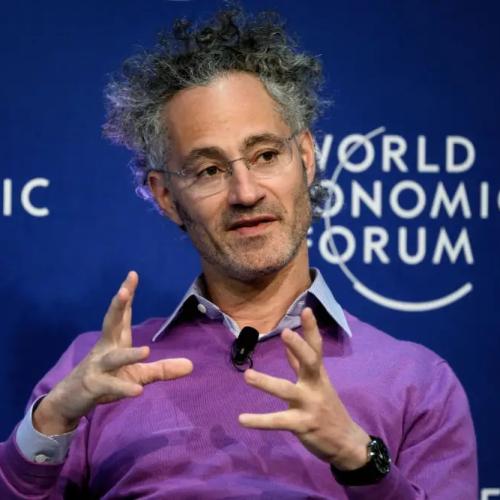Related Stories
540 Days at CIA Black Sites. 18 Years at Guantanamo Without Charge. Hundreds of Paintings, Now Out in The World.
Key Excerpts from Article on Website of Wall Street Journal

Posted: July 16th, 2024
https://www.wsj.com/articles/540-days-at-cia-black-sites-18-...
In the early days of America’s war on terror, U.S. authorities detained Ahmed Rabbani thinking he was someone else. They soon realized their mistake. Rabbani ... was never charged with a crime. Rabbani’s lawyer says he ... was taken by Pakistani authorities who misidentified him and handed him over to U.S. intelligence officers for a $5,000 reward. Rabbani [was] a taxi driver in Karachi. He spoke three languages—Urdu, Arabic and English. When he was detained, on Sept. 10, 2002, Rabbani didn’t know his wife was pregnant. He said he found out about it three years later from a letter—the first communication he had received from her since his detention. He met his 20-year-old son, Jawwad, for the first time upon his return to Pakistan in February. After 18½ years at Guantanamo Bay, he stepped off a plane in Pakistan in February—a free but broken man. Years of hunger strikes and force feeding have left him unable to eat most solid food. “I never, never, ever sleep at night,” he said. His only means of escape was art. By the time of his release, he had made hundreds of paintings. In May, 20 of Rabbani’s paintings were shown at a gallery in the Pakistani city of Karachi. Rabbani said he was transferred several times to camps in Pakistan and Afghanistan known as black sites—secret CIA interrogation facilities. There, he said, he was tortured until he told his captors anything he thought they wanted to hear. A total of 779 men were at some point detained [at Guantanamo]. Like Rabbani, most were eventually released without ever having been charged with a crime. Rabbani says he doesn’t expect he will ever fully recover, physically or mentally. “Some things will never be fixed,” he said.
Note: Read more about Guantanamo Bay's horrors. Check out the incredible ships created by Moath al-Alwi, another prisoner held at Guantánamo Bay without charges since 2002. The Pentagon has declared that art produced at Guantánamo Bay belongs to the US government, and not the artists. Authorities have refused to release the artworks from prison.
Related Stories
Latest News
Key News Articles from Years Past

























































































